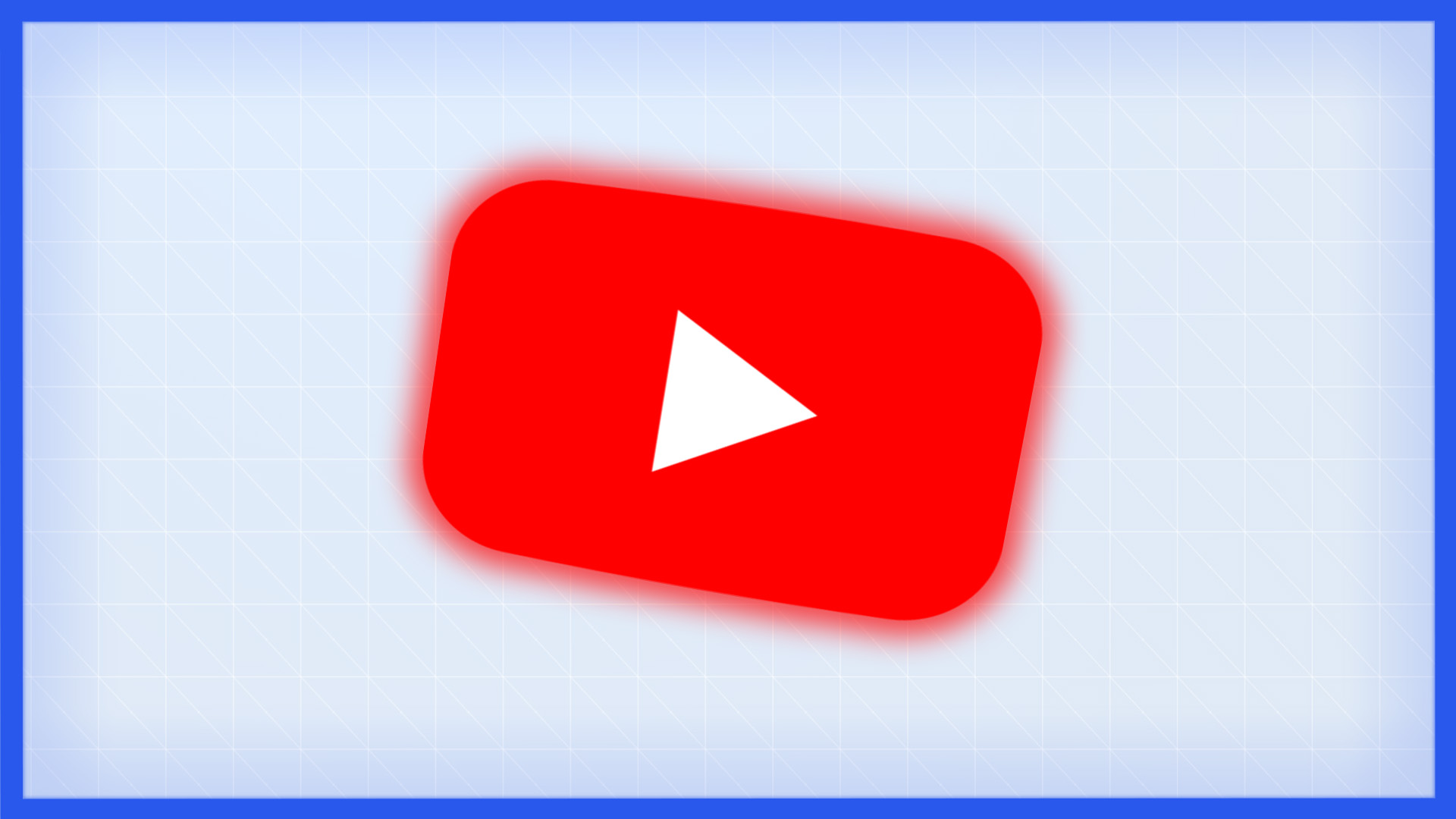In the digital age, YouTube has become a powerful platform for connection, education, and community. For organizations focused on youth addiction recovery, it's also one of the most effective tools for reaching a critical audience: the parents. If your mission involves helping families navigate addiction, leveraging YouTube should be at the core of your youth addiction marketing strategy.
Why YouTube Matters for Parenting Addiction Help
When parents suspect or know their teen is struggling with substance use, they often turn to YouTube in a moment of crisis. They’re not just looking for facts - they’re looking for understanding, reassurance, and a path forward.
Searches like "how to help my teen stop vaping" or "is my teen addicted to weed?" lead parents to content that can shape their next steps. This makes YouTube a natural and impactful space for your content.
1. Speak to the Emotional State of the Parent
Effective parenting addiction help content should meet parents where they are emotionally: anxious, confused, and looking for answers.
- "How to Talk to Your Teen About Vaping"
- "Teen Addiction Red Flags"
- "How to Know if My Kid is Using Drugs"
These titles resonate because they offer clarity without judgment. Use your videos to validate their concerns and position your organization as a compassionate, credible guide.
2. Optimize Content for Search
YouTube is the second largest search engine in the world. To reach parents at scale, your videos must be optimized for relevant search terms in your titles, descriptions, and tags. Include phrases like:
- "teen addiction help"
- "youth substance abuse signs"
- "parenting teens with addiction"
- "how to talk to your child about drugs"
Also, include specific drug or behavior keywords (e.g., vaping, weed, gambling, social media addiction) for targeted reach.
3. Share Stories Parents Can Relate To
Nothing connects like real-life experience. Create videos with stories of other parents who helped their children recover, or from teens in recovery themselves. Titles such as:
- "Our Family's Recovery from Teen Addiction"
- "How I Got My Son Into Addiction Recovery Treatment"
- "Teen Shares How Their Parent Helped Them Quit"
These types of videos humanize the issue and give hope, which is exactly what parents need when searching online.
4. Create Trust Through Visuals and Consistency
Avoid overly produced, corporate-looking videos. Parents want to feel like they’re getting advice from someone who truly understands, not being sold to. Simple talking-head formats, Zoom interviews, or short PowerPoint videos with voiceover are often more effective than flashy production.
Post consistently and keep a playlist specifically for "Parents of Teens" or "Family Support." This encourages binge-watching and helps build a loyal following.
5. Use Community Posts and Comment Sections
Where is the best place to get ideas for your next video? Directly from your target audience of course. This can be easily done by using community post and monitoring the comment sections on your videos. Engage directly with your viewers, ask questions in your community tab like:
- "What would you ask a counselor if you had 5 minutes with them?"
- "What has been the hardest part of helping your teen?"
- "What part has been the most confusing about getting your child into recovery?"
This builds conversation, signals to YouTube that your content is valuable, and helps you generate ideas for future videos.
Final Thoughts
YouTube is one of the most underutilized tools for reaching parents who are desperate for answers about their teen’s addiction. If you want to build trust, expand your reach, and truly impact families, make YouTube a pillar of your youth addiction marketing strategy.
Whether you’re a treatment center, prevention specialist, or counselor, there's no better place to show empathy, authority, and support in real time.
Want to start your YouTube journey? Get in touch now!
